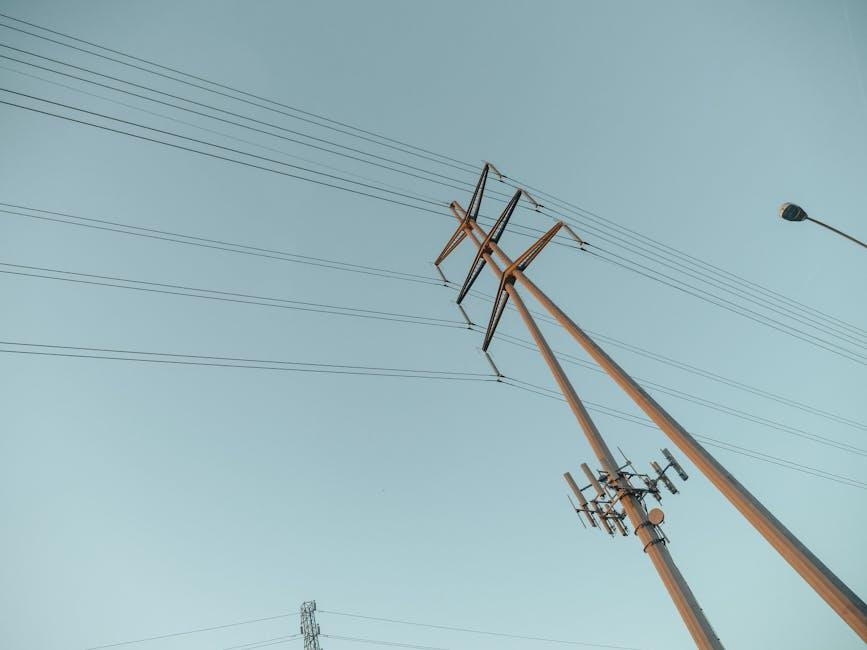The energy landscape in the United States is rapidly changing, with a significant shift towards renewable energy sources. In recent years, the deployment of battery storage systems has been growing at an astonishing pace, outpacing the installation of natural gas plants. This shift signifies a major transition in the country’s power grid, one that brings numerous benefits for both the environment and the reliability of the grid.
Traditionally, natural gas has played a crucial role in providing backup power and balancing the intermittent nature of renewable energy sources. However, in recent years, the declining costs of batteries and advancements in energy storage technology have propelled their adoption across the country. According to a recent report by BloombergNEF, battery storage capacity in the United States reached a record high of 1.2 gigawatts (GW) in 2020, surpassing the 1 GW installed capacity of natural gas plants for the first time ever.
One of the main drivers behind the rapid adoption of battery storage is its ability to provide fast and flexible power. Unlike natural gas plants, which take time to ramp up and down, batteries can respond to the grid’s needs almost instantaneously. This flexibility is crucial for handling the fluctuations inherent in renewable energy sources, such as solar and wind power. By storing excess energy during periods of high generation and releasing it during times of high demand, batteries enable a more reliable and stable grid.
Another advantage of battery storage is its ability to enhance grid resiliency and reliability. Natural disasters, extreme weather events, and other unforeseen circumstances can cause power outages and disruptions. Battery systems paired with renewable energy installations can provide backup power, ensuring that critical infrastructure, homes, and businesses remain operational during emergencies. This decentralized approach to energy generation and storage reduces dependence on centralized power plants, minimizing the vulnerabilities of the grid.
Furthermore, batteries play a crucial role in the transition towards a carbon-free energy system. As the United States aims to reduce greenhouse gas emissions and combat climate change, the increased deployment of renewable energy sources and energy storage systems is paramount. Batteries offer a sustainable and clean alternative to conventional fossil fuel-based power plants, enabling a more sustainable and environmentally friendly energy sector.
The rapid growth of battery storage installations is also driven by government policies and incentives at both the federal and state levels. The federal investment tax credit (ITC) for energy storage systems, along with various state-level incentives, has made grid-scale battery projects more economically viable. These financial incentives, combined with the declining costs of batteries, have attracted significant investment and projects across the country.
While the growth of battery storage is undoubtedly promising, it does not mean the end of natural gas in the energy mix. Natural gas will continue to play a role in the transition towards renewable energy, especially in providing baseload power and backup capacity during times of high demand. However, the rapid pace at which battery installations are growing indicates a turning point in the power sector, with batteries asserting their dominance as a key player in the grid’s transformation.
the United States is witnessing a remarkable increase in battery storage capacity, surpassing the installation rate of natural gas plants. The flexibility, reliability, and environmental benefits offered by battery storage systems make them an attractive solution for the evolving energy landscape. As the country strives to decarbonize its power sector and build a more resilient grid, battery storage will continue to play a vital role in paving the way towards a clean, reliable, and sustainable energy future.
Hey Subscribe to our newsletter for more articles like this directly to your email.
